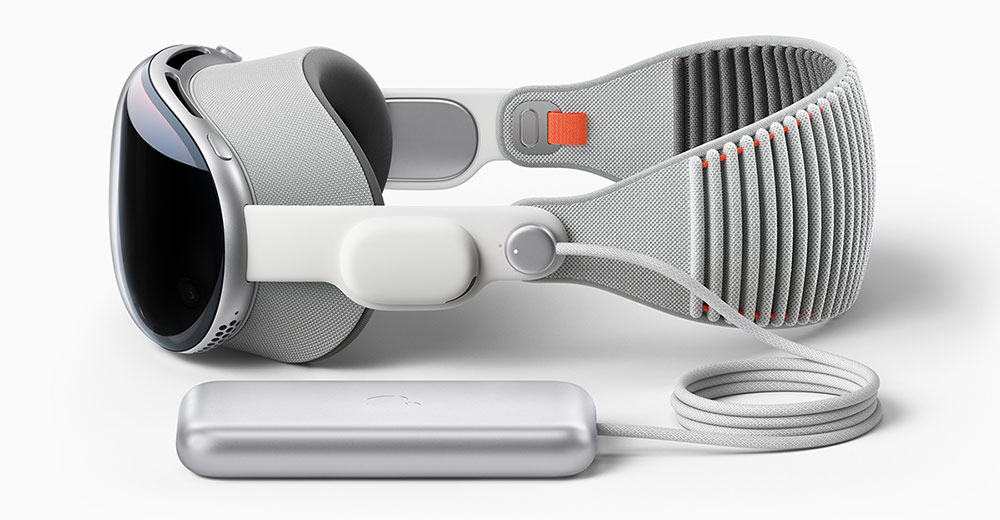Apple’s recently announced Vision Pro head-mounted display has sparked debates about its potential success in the market. While the hardware is impressive, concerns arise regarding Apple’s current strategy, particularly its reluctance to disrupt existing markets and its subpar partnerships. Nevertheless, the announcement solidifies the reality of this disruptive and revolutionary way of interacting with technology, presenting significant revenue opportunities for Apple and other players.
The Vision Pro boasts exceptional design and functionality, positioning itself as a no-compromise, head-mounted computer system. Despite the lack of a robust ecosystem, it’s worth noting that both the iPhone and iPod faced similar challenges at their beginnings and achieved monumental success. With its high resolution and ergonomic design, the Vision Pro surpasses other augmented and virtual reality products in terms of performance and appearance. Although the price tag of $3,499 places it in the premium segment, releasing a high-quality exclusive product initially can establish a strong foundation for future success, as exemplified by Tesla.
While the Vision Pro offers utility beyond the metaverse, it’s important to note that Apple’s business practices might hinder its market penetration. The limited compatibility with Android and the need for additional Apple devices, such as an iPhone and Mac, pose barriers for potential customers. Furthermore, Apple’s revenue-centric approach may impede the development of a vibrant ecosystem, as seen with Meta (formerly Facebook). The absence of bundled accessories, like a better battery pack, and poor interoperability with critical third-party apps could negatively impact the user experience.
Another crucial factor is marketing. Apple was once renowned for its groundbreaking marketing campaigns, but since Steve Jobs’ departure, the company’s marketing efforts have diminished. Without a compelling demand generation strategy, the Vision Pro, despite its impressive features, might struggle to gain widespread adoption.
In summary, Apple has the potential for success with the well-designed Vision Pro head-mounted display. However, it must channel the innovative spirit of Steve Jobs, invest in robust demand generation, embrace cannibalization of existing products, foster stronger partnerships, and improve interoperability with third-party content providers. Failure to address these challenges may result in Apple losing ground to competitors like Samsung or Lenovo, just as Apple disrupted the smartphone market years ago. As the jury is still out on Tim Cook’s ability to replicate Jobs’ success, it remains to be seen if Apple can ensure the triumph of the Vision Pro by prioritizing product success over profit margins.


